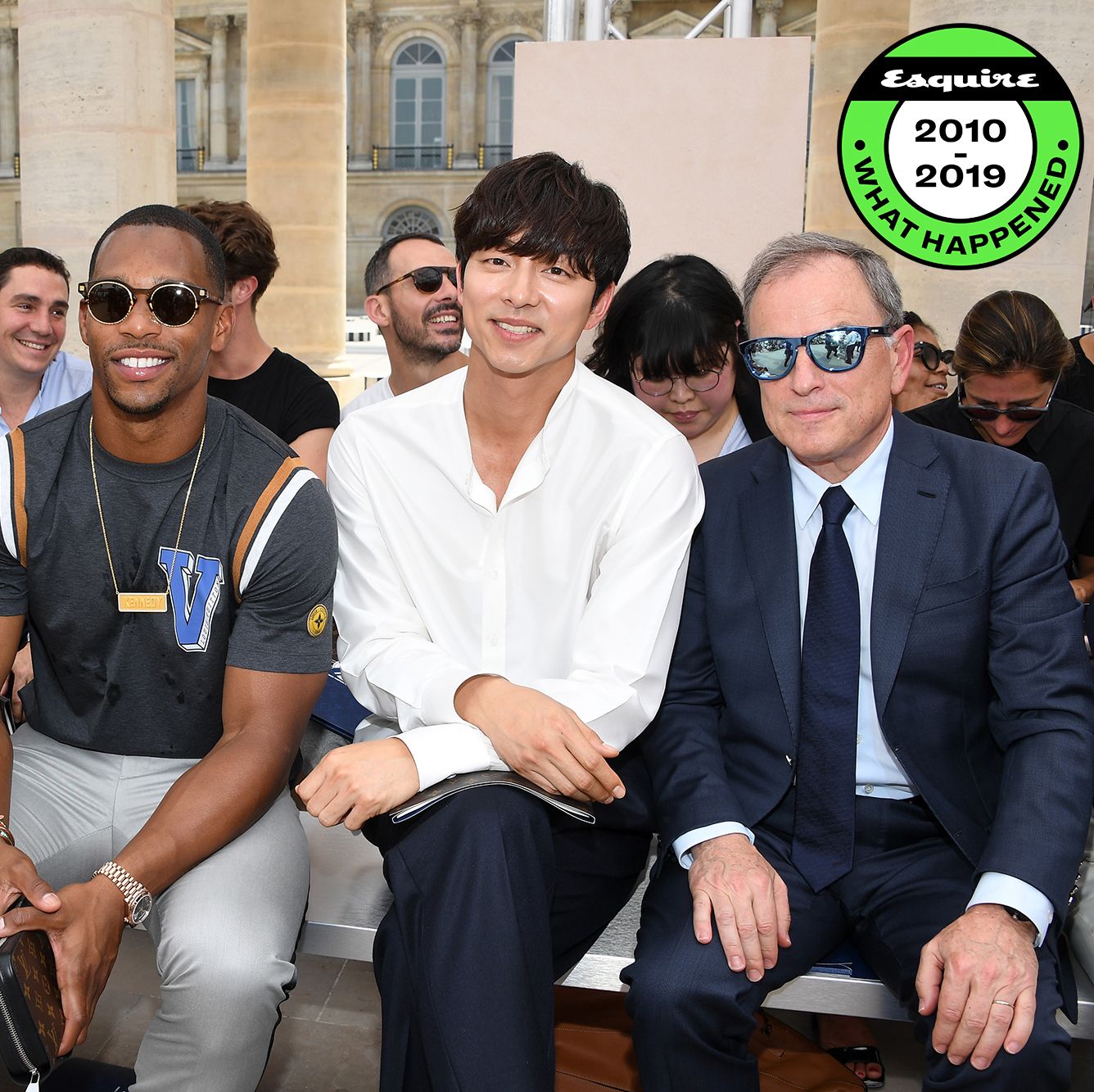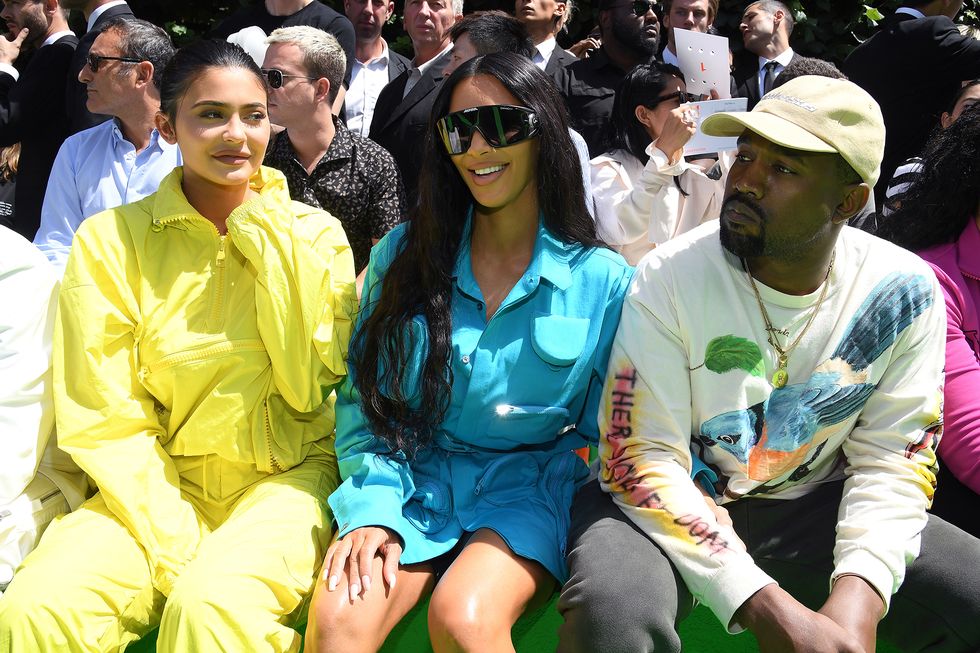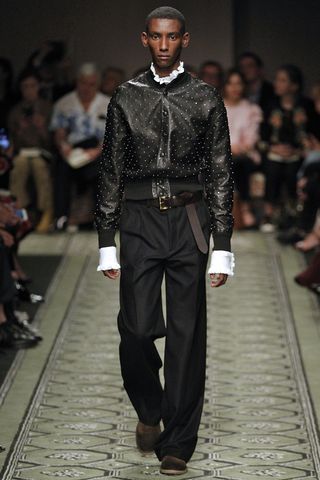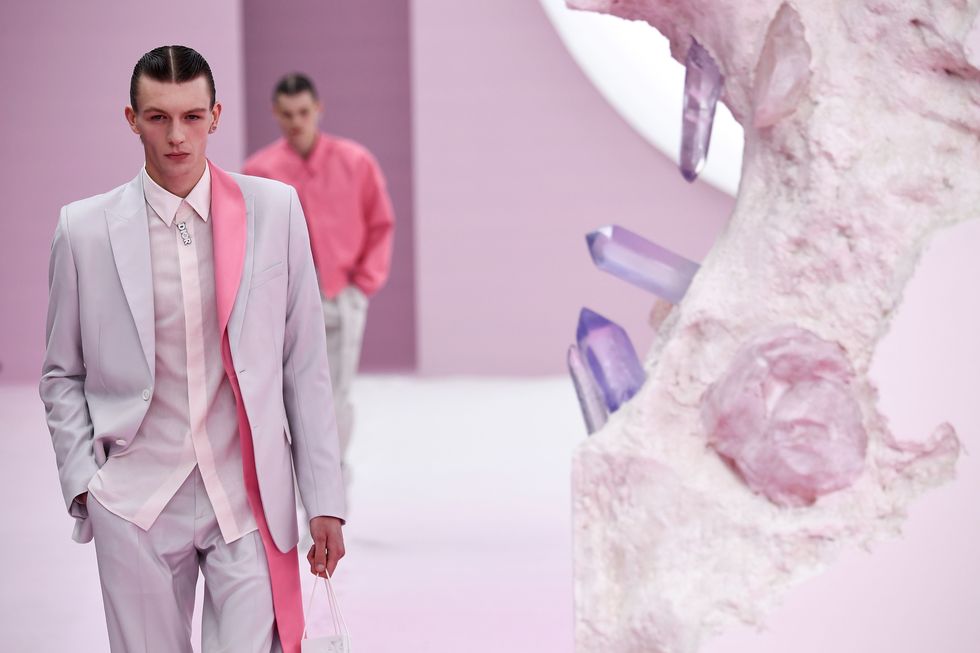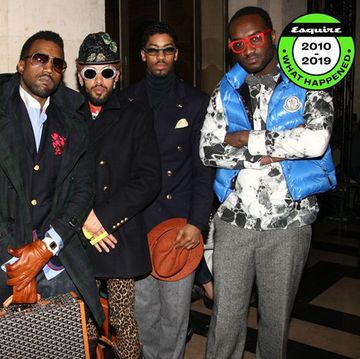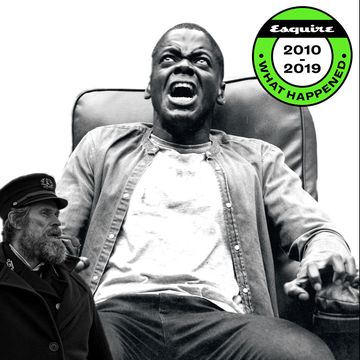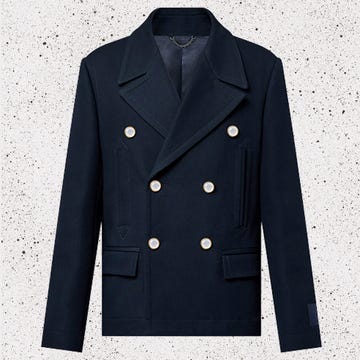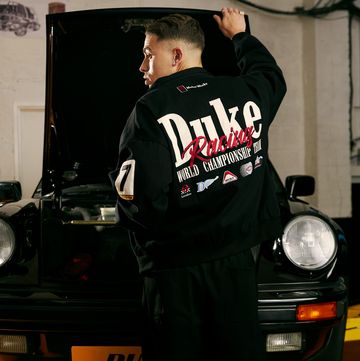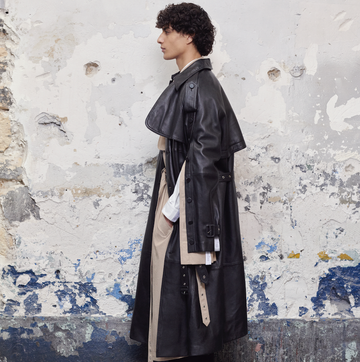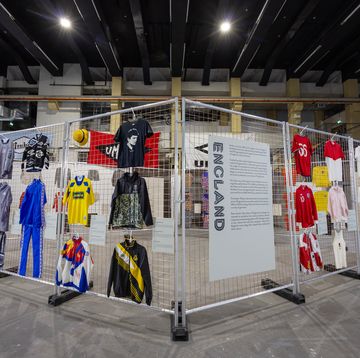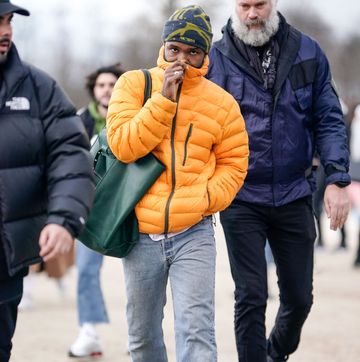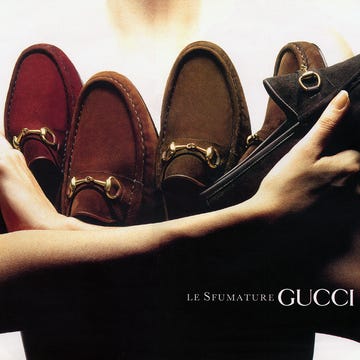In January 2012, on an unseasonably warm evening in Milan, Tim Roth took his first, purposeful step down the Prada runway. The front row, which you might have assumed was by then inured to seeing Hollywood's A-list up close, was palpably shocked. But then out stepped another one. And another one. And then, a heady digestif. On Roth's tail, Willem Dafoe; then Adrien Brody; then Gary Oldman. Those in the room were heavily intoxicated by the celebrity of it all.
But back then, this kind of thing was still a surprise. Traditionally, though fashion shows were glamorous affairs, they were mostly functional, where journalists could discover the trends they'd report back to the masses, and buyers could purchase en masse for retailers – nice ones, like Harrods, and Selfridges, and Saks Fifth Avenue.
In essence, that Prada show was no different. The brand's capital has always made it one of Fashion Week's hottest tickets, but its Hollywood stunt meant that the collection took off beyond the fashion industry. Which, in the digital age, meant it set the internet ablaze – a procession of bona fide Big Names will do that – but that kind of reach was then a relatively new phenomenon for a runway show. It set a high bar that every other big brand spent the rest of the decade trying to clear.
In place of Oldman and co, creative directors started to build shows to impress the people on the front row, but also those watching on a livestream. The trouble is, it's tough to do both. For the best part of a century, the idea behind a runway show was the clothes looked best up close, so you had to let the people who mattered see them in the flesh. Social media, however, responds best to spectacle, which tends to get in the way of what's actually on the models. For most brands, that meant facing an increasingly binary choice: dazzle those in attendance, or dazzle the millions of eyes beyond the Palais de Tokyo. In the 2010s, it was the rare show that could do both.
It didn't help that, even before the decade opened, the purpose of show season was being questioned. In 2010, Burberry became the first brand to livestream its fashion show (in 3D, naturally). The velvet rope fell. What was once an exclusive, invite-only affair had thousands – if not millions – more attendees on the internet, and the show went from a simple buying exercise to ornate branding. With the blue chip brands now competing for eyeballs, it made sense to multiply their viewers using star power. That could be with Robert Pattinson (at Dior), Michael B Jordan (at Coach), Ruben Loftus-Cheek (likely to be at Burberry following a recent campaign). Or, indeed, Gary Oldman.
The format was chopped up further still when Burberry premiered the first 'see now, buy now' show, in 2016. Instead of previewing its wares a season ahead, the British heavyweight made everything available as soon as it appeared on the runway. The timetable was distorted, and though several brands followed suit, the traditional nine-months-ahead schedule held. For how long, though? And how much were the shows changing for the actual attendees IRL?
Look, for example, to Louis Vuitton’s recent S/S '20 show. The brand took over Paris's Place Dauphine, a sleepy, cobbled triangle that Virgil Abloh had transformed into LVille, with branded ashtrays, oversized benches and even a bouncy castle. The sheer scale meant that models had to walk a road much longer than the average runway, in blazing sunshine. And, while peering over the shoulders of fellow guests may seem cumbersome (journalists, buyers and very big names were dotted around modest, rattan bistro tables), it imbued the set with precisely the Parisian hustle and bustle Abloh sought to mimic. But those in situ witnessed just half the story. Those watching at home experienced the collection from overhead and in closeup, courtesy of cameras that flanked the 'runway' and a drone hovering overhead.
Dior’s show, which took place the next day, went Tatooine pride. A narrow venue was transformed into the wreckage of a bubblegum planet, complete with a sandy runway and moon rocks in Katy Perry hues. The clothes were designed for the bright side of the end of the world, with smashed caps, translucent fabrics and relics rescued from Dior’s archives (John Galliano’s newspaper print, for example, and calcified brooches). The set was more than just dressing: models trudged slowly, their chunky boots and trainers sinking into the baby pink sand. This was indeed another world. They had the gravity to prove it.
But the internet saw something different. This was less Armstrong moonwalk, more Blade Runner chase: music blared, models flashed up on iPhones, even the stills from the show projected an image of some quick-fire fashion show beamed straight down from Deep Space Nine. In the room, things were more peaceful, the front row not privy to what else was happening on Planet Kim Jones.
Of course, both sides of the coin are valuable. The front row consists of buyers, press and industry figures who use fashion shows to steer their output for the rest of the year. Social media, however, has democratised the whole circus. When anyone with an internet connection can ogle the livestream of a Vuitton show as it happens (and, more importantly, buy the stuff), it makes sense for designers to play to the gallery with technicolour visuals and arresting edits. It’s not quite Gary Oldman, granted. But it comes pretty close.
